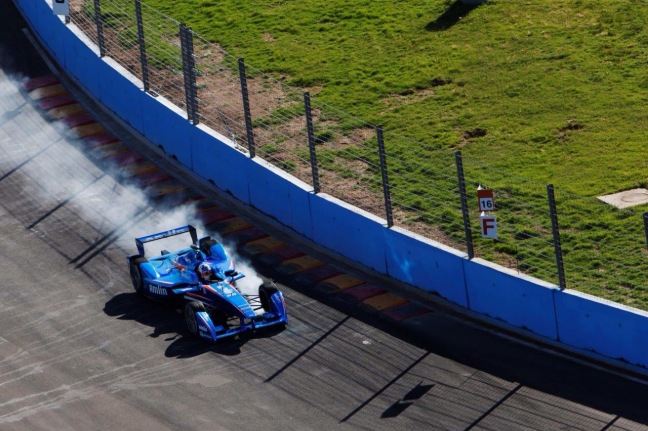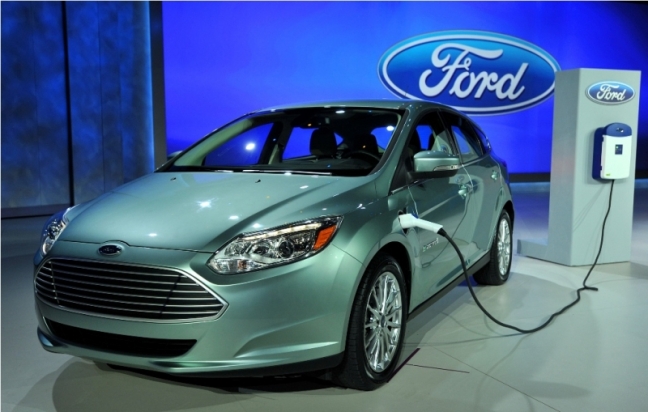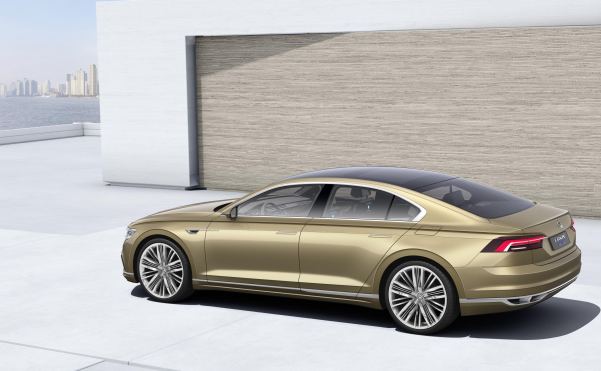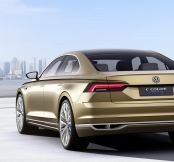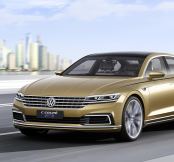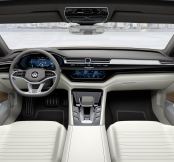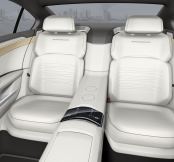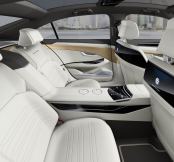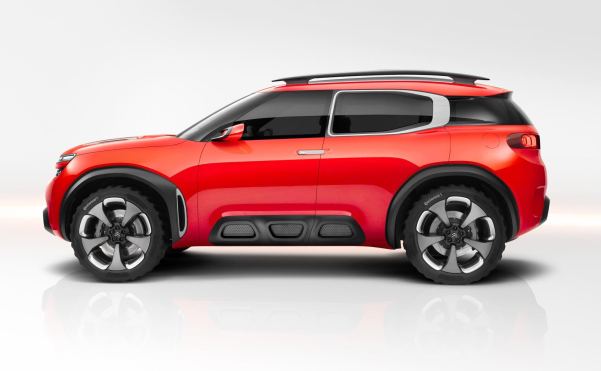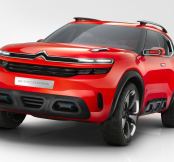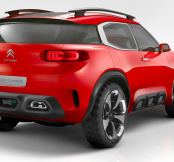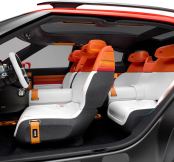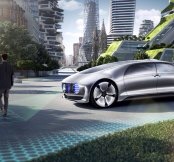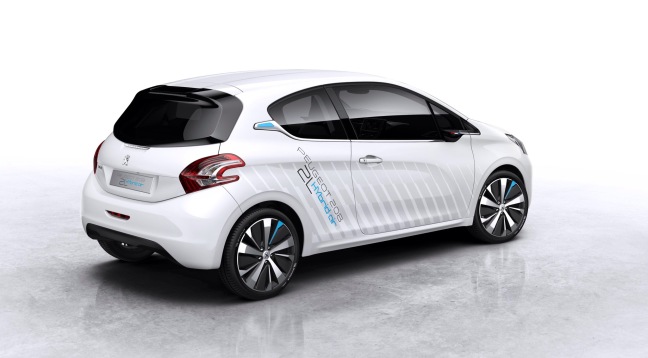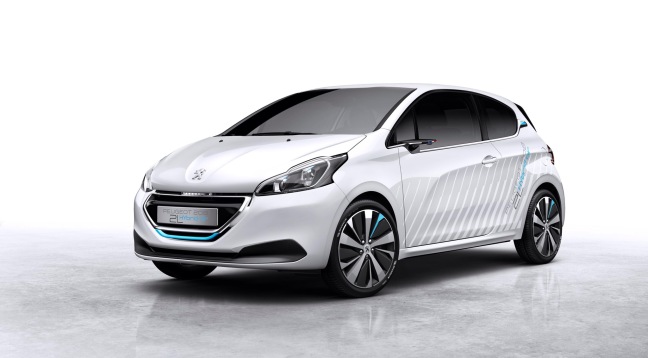Well, the inaugural FIA Formula E championship was already three rounds down, and all eyes were on the fourth round as we headed to Argentina. There has been no shortage of drama from the previous three rounds and we were expecting – and as it eventually proved, got – more from the streets of Buenos Aires.
After three rounds the team standings were like this … :
1.Team E.Dams Renault = 64 points
2.Audi Sport ABT = 62
3.Virgin Racing = 54
4.Dragon Racing = 36
5.Andretti Autosport = 33
6.Mahindra Racing = 26
7.China Racing = 22
8.Trulli Formula E Team = 12
9.Amlin Aguri = 6
10.Venturi = 3
… whilst the top 10 driver’s championship table looked like this:
1.Lucas di Grassi = 58 points
2.Sebastien Buemi = 40
3.Sam Bird = 40
4.Nicolas Prost = 24
5.Nelson Piquet Jr = 22
6.Jé?me d’Ambrosio = 22
7.Karun Chandhok = 18
8.Franck Montagny = 18
9.Jamie Alguersuari = 14
10.Oriol Servia = 14
Even before the 4th round race had got underway, however, there was drama with Franck Montagny of Team Andretti testing positive for a banned substance. Speaking to L’Equipe, Montagny said: “After the event, I saw the guy who tests signalling to me. There in my head, I knew immediately. I knew it was over. I got on a plane. They called my parents. I am so ashamed. I made a mistake, I’m guilty.”
For its part, the ruling FIA stayed quiet, except to issue this statement: “Franck Montagny tested positive for a banned substance and is provisionally suspended before the decision of the next FIA Anti-Doping Disciplinary Committee.”
Depending on the outcome of this FIA Committee, it could lead to a two year suspension for Montagny. It does seem a stupid and despicable ‘mistake’ to make, since it did seem that when he had come into the Formula E championship, Montagny suddenly appeared to get a new lease of life.
But moving back to the events in hand, and to qualifying.
Last time out, Jean Eric Vergne took pole in his maiden Formula E race. An outstanding achievement. Could he repeat it again in Argentina? Time would tell.
Group 1 qualifying contained three of the top 5 drivers in the form of Sam Bird, Sebastien Buemi and Nelson Piquet Jr. Buemi continued his blistering form by taking the initial lead before Antonio Felix da Costa mounted an unlikely challenge. But a late move by Bird saw him sneak into second place whilst Piquet Jr’s over-steer problems quashed his hopes for pole position.
Group 2 saw Alguesuari mated with Servia, di Grassi, Michaela Cerutti and Prost. This proved an eventful session with Cerutti having a spin and di Grassi losing a wheel in a crash. With Prost unable to replicate the pace of his team mate, Buemi, it was left to Alguesuari to come closest to his time.
Group 3 would give Chandhok and Nick Heidfeld a chance to kick-start their season. Daniel Abt was also in this group. The start of the session was uneventful, but it was Heidfeld who proved the highlight of the group, with a late dash through the final chicane which made him the fastest of anyone thus far in the final sector.
Finally, it was Group 4, where Trulli, Andretti, Vergne, di Ambrosio and Senna made the final five. It started slow picked up the pace after Trulli crashed out. Vergne pushed hard and posted the quickest time of the group but fell short ultimately, securing 6th position overall.
So, by the end of qualifying, the top 10 places on the grid looked like this:
1.Buemi – Team e.Dams
2.Alguesurai – Virgin Racing
3.Heidfeld – Venturi
4.Bird – Virgin Racing
5.Di Grassi – Audi Sport ABT
6.Vergne – Andretti Autosport
7.Prost – Team e.Dams
8.Da Costa – Amlin Aguri
9.Piquet Jr – China Racing
10.Chandhok – Mahindra Racing
Not long before the race got under way, the three ‘fan boost’ winners were announced: Bruno Senna, Nick Heidfeld and Jean Eric Vergne. This announcement was then followed by a minute’s silence to remember those who lost their lives during the terrorist incidents in Paris this week.
As it turned out, it was a race of two halves in 35 laps of racing, which was about to get under way.
A lot of wheelspin for Buemi off the starting line was not enough for Alguesuari to capitalise on as they led the field down into the first corner. Heidfeld tried desperately to overtake Alguesuari at the very first hairpin, but despite a bit of a tap managed to take second place in a great move by the Venturi Racing driver.
Di Grassi took Bird for fourth on T7 of the second lap.
By lap five, Buemi was leading Heidfeld by eight-tenths of a second and things were settling down at the front with Alguesurai, di Grassi and Bird completing the top five places. Drama was distinctly absent by this stage with everyone so far being well behaved apart from Cerutti who had made contact with the wall on the first lap.
By lap 7, Prost had posted the fastest lap of anyone now that he had got some clean air, despite dropping to eighth place having started from seventh.
Meanwhile, Alguesuari was under severe pressure from di Grassi in their fight for third. The Audi Sport ABT driver challenged the Virgin Racing competitor on the inside of the hairpin at T5 and forced his way through to take the P3.
Antonio Felix da Costa went side-by-side with Jean Eric Vergne on the run down to the chicane and managed to snatch sixth position.
By lap 10, the telemetry was clearly indicating that di Grassi had used about 3% more of his battery power compared to Buemi – proof if any were needed just how hard he was pushing, having closed the two-second gap between him in third and Heidfeld in second by a remarkable 1.1 seconds in the space of just one lap to fill the Venturi’s mirrors. Di Grassi was charging.
And this is how it broadly stayed until the 14th lap of the race. No drama, just pure driving excitement … then all hell broke loose!!
Lucas di Grassi pushed his way past Nick Heidfeld to take second position. Then at the end of the 14th lap Heidfeld found himself in trouble again as the Venturi driver made an error and was attacked by Alguesuari who pushed his way through followed by Bird early into the 15th lap on the long straight as they headed down to the tight left-hand corner. Da Costa thought he saw an opportunity, tried to barge his way through but Heidfeld managed somehow to defend his fifth position. Suddenly, laps 14 and 15 became high-energy excitement. So much going on in such short distances.
So into lap 16 and suddenly Chandhok was off at the exit from the chicane after the right rear suspension suddenly snapped sending him into the crash barrier. This triggered the first possibility of the Safety Car being deployed.
Hold on to your hats – because things are about to go mad.
Alguesurai appeared to take a bit of a gamble that the Safety Car would be deployed and jumped at the opportunity to be the first to dive into the pits just as Heidfeld took back the position from Bird that he had originally stolen. His action was then followed by a flow of others taking his lead.
Suddenly the Safety Car was deployed – an action that was going to prove crucial to the final outcome of the race. According to the standings, Buemi led with di Grassi, Heidfeld, da Costa and Bird holding the top 5 places, followed by Piquet Jr in sixth, Senna, Alguesuari and d’Ambrosio in seventh, eighth and ninth, and Prost completing the top 10 drivers.
However, it took a couple of laps for the Safety Car-train to be properly filtered. Meanwhile Bird came under investigation for allegedly leaving the pits whilst the pit-lane traffic lights were showing red. This would result in him having to take a drive through penalty at a time when he was holding third position.
The Safety Car finally pulled in during lap 22, with 13 laps of racing remaining.
Under pressure, Buemi – the race leader – hit the wall on the way into T8 on lap 24 allowing Lucas di Grassi to take the lead. On the in-car radio you couldn’t help but feel for Buemi as you heard the despair in his voice. As a result the yellow flag was deployed.
Vergne used the opportunity to deploy the ‘fan boost’ to successfully challenge Nico Prost.
At the time Buemi snogged the wall, di Grassi’s pit wall crew were seen applauding, recognising that their man was now in the lead. But karma is a funny thing because just two laps later, his team recoiled as di Grassi also crashed out after suffering a catastrophic suspension failure at the same place as Chandhok had. It was clear that the kerbs were taking their toll on the cars.
This promptly promoted Heidfeld to first position with Antonio Felix da Costa about to take second once Bird gave way to take his drive through penalty.
In the closing stages of this 35-lap race the heat remained on to the last. On lap 33 Alguesuari was nudged wide by Vergne to snatch third, despite the best endeavours of the Virgin Racing driver to slam the door closed. Almost immediately after this manoeuvre, Nick Heidfeld – the race leader – was told to take a drive through penalty for speeding in the pit lane.
So into the last lap we go, and its Heidfeld (who is still to serve his drive through penalty), da Costa, Vergne, Alguesuari and Abt holding the top five. Second, third, fourth and fifth come along the straight heading into T7 four abreast. On the approach, Abt does a big lock-up and assaults Alguesuari allowing sixth-placed Prost to take Abt.
Meanwhile, in the closing stages, Heidfeld peeled off to serve his drive-through penalty leaving the way open for da Costa and Amlin Aguri to take the first-place position. In the closing moments Vergne was defending from Nico Prost in the battle over second place. Prost went through but Vergne was determined to hold it on the inside lane. He braked – far too late and ploughed on in a straight line instead of being able to negotiate the final hairpin. It proved a very costly mistake for Vergne.
It meant Vergne dropped back to fourth, ahead of Piquet Jr, but behind Prost who stole the second place position and Alguesuari who moved up into third place.
But the damage done by Alguesuari’s assault by Abt proved too difficult to manage as his car crabbed along with serious misalignment of the rear suspension. He battled on, but ultimately after the chequered flag signalled the first Formula E win for da Costa, he was followed by Prost in second, Piquet Jr in third, Alguesuari who coaxed his car over in fourth and Bruno Senna in fifth.
It was an exciting end to a race that definitely was more exciting in the second half than it was in the first.
So this is the result of the fourth round of the Formula E championship:
1.Da Costa – Amlin Aguri
2.Prost – Team e-Dams Renault
3.Piquet Jr – China Racing
4.Alguesuari – Virgin Racing
5.Senna – Mahindra Racing
6.Vergne – Andretti Autosport
7.Bird – Virgin Racing
8.Duran – Amlin Aguri
9.Heidfeld – Venturi
10.Servia – Dragon Racing
The individual driver’s points looks like this at the end of Round 4:
1.Lucas di Grassi – 58 points
2.Sam Bird – 48
3.Sebastien Buemi – 43
4.Nicolas Prost – 42
5.Nelson Piquet Jr – 37
6.Antonio Felix da Costa – 29
7.Jaime Alguesuari – 26
8.Jerome d’Ambrosio – 22
9.Franck Montagny – 18
10.Karun Chandhok – 18
The team standings at the end of Round 4 looked like this:
1.Team e.Dams Renault – 85 points
2.Virgin Racing – 74
3.Audi Sport ABT – 62
4.Andretti Autosport – 41
5.China Racing – 37
6.Dragon Racing – 37
7.Mahindra Racing – 36
8.Amlin Aguri – 35
9.Trulli Formula E – 12
10.Venturi Formula E – 5
For all your Formula E News follow us😀
This Formula E race was reported by:
Andrew Merritt-Morling
Chief Editor and Electric Motor Sport Editor

